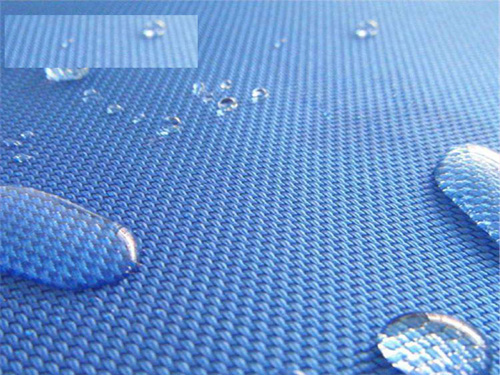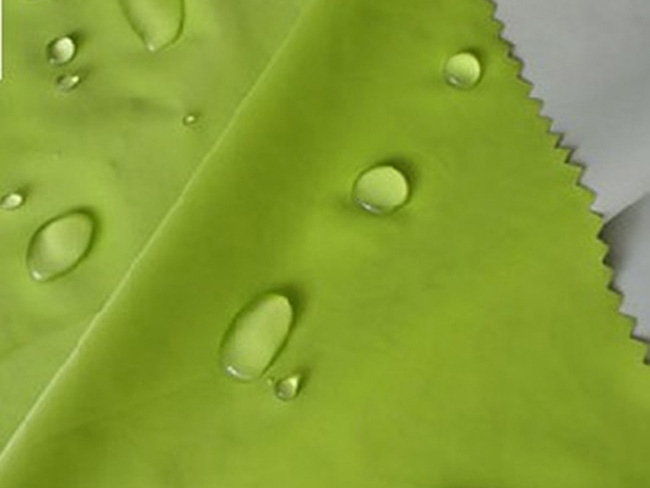Small encyclopedia knowledge: What are the testing methods and standards for flame retardant fabrics
Test methods for Flame-retardant textiles:
1. Limit oxygen number index method;
2. Vertical burning method;
3. Horizontal method;
4. 45° combustion method;
5. Burner combustion test method.
Test standards for flame retardant textiles:
1. HB: The lowest flame retardant grade in the UL94 standard. It is required that the burning speed is less than 40 mm per minute for samples between 3 and 13 mm thick; the burning speed is less than 70 mm per minute for samples less than 3 mm thick; or it is extinguished before the 100 mm mark.
2. V-2: After two 10-second combustion tests on the sample, the flame went out within 60 seconds. There may be burning objects falling.
3. V-1: After two 10-second combustion tests on the sample, the flame went out within 60 seconds. No burning objects can fall.
4. V-0: After two 10-second combustion tests on the sample, the flame went out within 30 seconds. No burning objects can fall.

Factors affecting the testing of flame retardant textiles:
1. The form of ignition source;
2. Time to apply fire source;
3. The location of the flame-retardant cloth and the fire source.

What kind of flame retardant fabrics are unqualified?
The first is the unqualified PH value, mainly because the molecules of natural fibers such as cotton contain hydrophilic groups such as hydroxyl groups, which have a certain affinity with acids and alkali. If the water washing (neutralization) during the production process is not thorough enough, or the water washing The various finishing agents added during the process are not regulated and controlled, which will cause the presence of acid and alkali residues on the fabric.
In order to prevent the invasion of diseases and harmful bacteria, human sweat gland secretions are weakly acidic (PH value between 5.2-5.8). If the pH value of textiles in direct contact with the skin is not properly controlled, it will directly affect the pH value of human skin, thereby affecting health. The pH value testing of flame-retardant fabrics has always been one of the ecological textile indicators that regulatory agencies in various countries focus on testing, and it is also an indicator that frequently fails to meet standards.
The failure rate of color fastness is also very high. Internationally, especially developed countries and regions have put forward mandatory testing requirements for clothing color fastness indicators.
The evaluation of the flame retardant effect of flame retardant fabrics is basically to first ignite the flame retardant fabric (or place it in the flame) for a period of time. After the fabric is far away from the flame, the ease of burning and the propagation speed of the flame are evaluated. Some requirements are high. Foreign customers also need to assess indicators such as smoke levels and toxic combustion emissions.

At present, the main methods for testing the flame retardant effect of flame retardant fabrics are as follows:
1. Limiting oxygen index (LOI) method: refers to the minimum oxygen concentration required to maintain candle-like burning of fabrics when combustion occurs in a mixture of oxygen and nitrogen. The greater the oxygen limiting index, the better the flame retardant effect of the fabric. This method is suitable as a testing method in scientific research and is not often used in the production process of flame-retardant fabrics.
2. Vertical burning method: refers to using a specific ignition source (flame height 40mm) to burn the vertical fabric fixed in a U-shaped clip at a center 20mm away from the bottom edge of the fabric. Within the prescribed burning time, the fabric will pass the assessment A method to test the flame retardant performance of flame retardant fabrics based on indicators such as burning state, afterburning time, smoldering time, and damage length. my country and most countries mostly use the vertical burning method for flame retardant testing of flame retardant fabrics.
3.45° inclined plane burning method: Under the specified conditions, the sample is placed at an angle of 45°, the sample is ignited for 1 second, and the time required for the sample to burn upward for a certain distance with flame is used as the evaluation method. The measured afterburning Use smoldering time, damaged area and damaged length to measure the flame retardant effect of flame retardant cloth.




